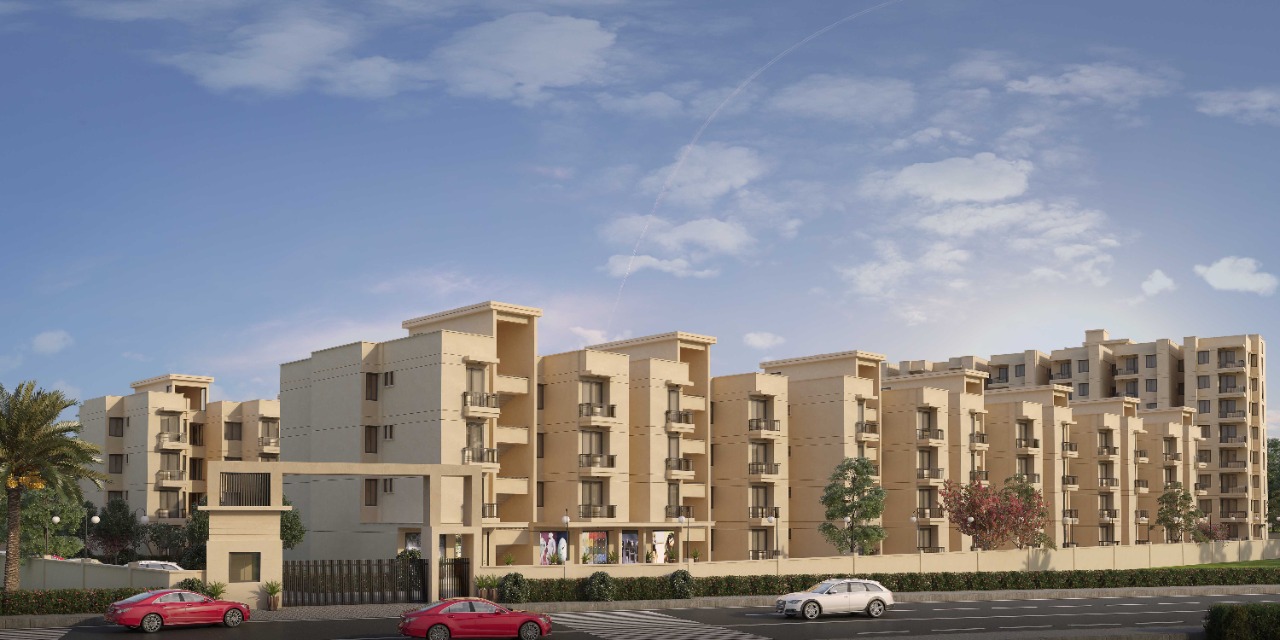Walk down the lanes of Bhiwadi’s Sector 33 on a humid July evening, and the change is impossible to miss. Neighbours wave from their balconies. Children race their cycles past parked scooters. A small kirana welcomes a line of customers—many of them recent transplants from Gurgaon or Rewari, chatting about “rates” and “new flats.” For hundreds of families, Bhiwadi’s affordable housing isn’t just a distant Government slogan—it’s a fast-changing reality.
Why “Affordable” Actually Means Something Here
In big cities, “affordable” sometimes feels like a marketing trick. In Bhiwadi, it holds weight. Over just the past two years, I’ve met school teachers and IT apprentices who now own 2BHK flats—something they say would be laughable in Gurgaon.
- Most ready-to-move flats here still start at ₹13–15 lakh for a clean 1BHK, with 2BHK options between ₹18–₹30 lakh, based on location.
- Local agents keep telling me the same thing: 2025 is bringing more new launches, but the best deals still go to buyers who check projects early—sometimes within days of announcement.
How Builders Earn Trust (and Repeat Buyers)
Ask any auto driver or tea stall owner to name a reliable builder and the usual names come up: “Ashiana is safe. Satyam delivers on time.” What do locals actually look for?
- Ashiana Housing: Not just about big marketing hoardings. Families I’ve spoken with mention tidy grounds, dependable water, and staff who know every resident’s face.
- Satyam Housing: This builder often gets referrals through word-of-mouth more than advertisements. What stands out? Quick fixes, fair maintenance, and locations where you can walk to schools and clinics.
- Trehan Group: Their projects, especially close to Alwar Bypass, see a mix of newcomers and Bhiwadi old-timers. Buyers say their biggest reasons are direct access to markets and hassle-free paperwork.
Not All “Schemes” Are Equal – Here’s the Difference
Let’s clear some confusion. Rajasthan’s Mukhyamantri Jan Awas Yojna isn’t just a box to tick. You can see the results every time you visit a newly-allotted block: lower-income families, grandparents happy about nearby dispensaries, and gated entrances with genuine security.
UIT’s plot releases? Forget glitzy launches—plots usually fill up after a quiet circular at the local office and a rush of walk-ins from nearby villages and city workers. These are the practical, often middle-class families who want to build a house at their own pace.
PMAY-linked flats only add to the appeal, especially with private builders guiding eligible buyers to interest subsidies—a rare hand-holding that buyers appreciate.
“What Should I Pay Attention To?”
- Maintenance and safety: Good buildings keep it simple—basic lifts, steady water, working lights, and a watchman who greets you by name.
- Transaction process: Most buyers complain not about prices, but about sudden demand notes or unclear paperwork. Always check if a project is RERA-registered (ask the builder for the ID—no dodging!).
- Local insights: Before you make any leap, take a walk yourself. Morning is best. You’ll see who lives there, what shops are nearby, who gathers at the park benches, and—importantly—if the air smells clean or like industrial fumes.
Price Trends: Not Just Stats—Stories
If you look at local registry data (easy to check at the Bhiwadi office in the main bazaar), prices in affordable projects have climbed about 9–10% a year since 2022. What’s more telling than figures are the queues at government-backed launches and the full occupancy at new blocks within 6–7 months of handover.
Unlike speculative buying in cities, most Bhiwadi buyers genuinely move in. That shift protects owners from sudden property bubbles or steep falls.
How to Get Through the Paperwork Maze
Don’t just rely on brokers or sales offices. Here’s a process that works, according to folks who’ve done it in the last year:
- Check UIT or Housing Board notices first—lots of buzz starts from a simple poster at the tehsil.
- Keep your Aadhaar, PAN, and (for EWS buyers) income and caste certificates ready.
- Visit sites, but also visit completed blocks by the same builder nearby. See how well those have aged.
- On allotment, always ask for a printed, stamped receipt with the RERA number and builder GST and PAN mentioned.
- Talk to residents and the maintenance staff—practical tips abound, from how the generator really works to how soon you’ll get cable TV.
Where to Start If You Want to Buy This Year
For the best shot at value in 2025:
- UIT Bhiwadi: Still the cleanest, straightest paperwork in town.
- Sector 33/Alwar Bypass: Sprawling new societies with flat and plot launches; close to most schools, with parks you actually see children using.
- Satyam Greens and Trehan Vista: Check for unit availability on the first of every month—new flats here don’t last long.
The Takeaway
Buying a budget home in Bhiwadi in 2025 isn’t complicated if you approach it the way long-time locals do: visit the neighbourhood, talk to the people, double-check the paperwork, and trust your eyes over glossy brochures.
Ready to take the next step? Browse genuine, up-to-date listings and grassroots area guides at BhiwadiProperties.com—your first move to making Bhiwadi your home.


